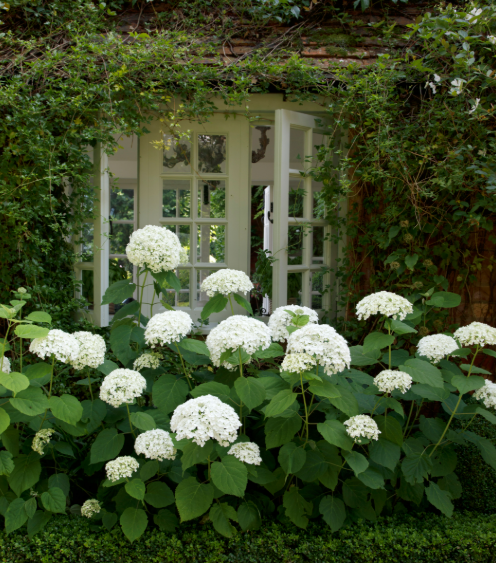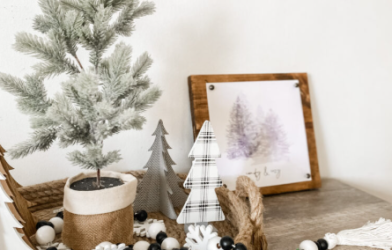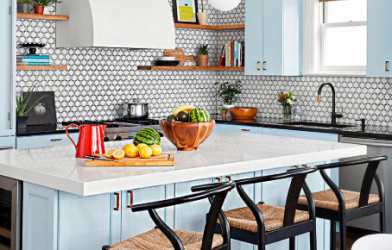Subtotal $0.00
Over the years, many gardeners have been unsure of how to incorporate the color white into their gardens. White often takes a backseat to more vibrant hues, but this is a mistake. White is incredibly versatile and can be used in many creative ways to enhance your outdoor space. Whether you’re dealing with a chaotic garden, a dull corner, or trying to cool down a hot space, white might just be the answer you’ve been looking for.
Let’s dive into how you can use white in your garden to create stunning effects.
1. Brighten Up Shady Areas
If you have a shady garden, you know how challenging it can be to add color and light. White is perfect for brightening these areas, as it reflects light and creates a sense of brightness. Pairing white flowers with plants that have glossy, large leaves—like calla lilies or Bergenia—can enhance this effect.
One of my favorite plants for shady spots is the Philadelphus, also known as Mock Orange. Its white blooms light up even the darkest corners. Other great white options for shade include Bergenia ‘Bressingham White’, Calla Lilies, and Azaleas ‘Green Glow’.
2. Cool Down a Hot Garden
Living in a hot climate has taught me to rely on white to create the illusion of coolness in my garden. White flowers don’t actually cool down the space, but they give the impression of refreshing calm, especially during the summer.
A great example is Fuchsia ‘Hawkshead’. Its delicate white blooms almost resemble drops of water, providing a cooling effect. If you’re looking for more white plants for the heat, try Pieris, Romneya Coulteri (Matilja Poppy), or Rhodanthemum ‘African Eyes’.
To make sure white flowers stand out in the bright sun, surround them with darker colors to add contrast, such as pairing Rhodanthemum with its deep maroon center or Agapanthus against dark hibiscus leaves.
3. Break the “Sea of Green”
If your garden consists mostly of green plants, you may start noticing a lack of contrast, creating what I call a “sea of green.” This can make the space feel a bit monotonous. To break it up, white flowers are an excellent choice. They add a striking contrast that gives the eye something to focus on.
For instance, the white flowers of Photinia in spring provide a much-needed contrast against its otherwise dark green foliage. Similarly, in areas with variegated plants like Euphorbia ‘Glacier Blue’, white flowers help break up the monotony and draw attention.
4. Add Elegance to Your Garden
Whether your garden has a formal or casual style, introducing white can elevate its elegance. I’ve worked on several gardens where the design was limited to green, white, and chartreuse, and the result was serene and sophisticated. While I personally enjoy more varied color palettes, I’ve seen first-hand how white can give a garden a refined, tranquil feel.
White can also calm down an overly colorful garden by acting as a unifying element. It gives the eye a place to rest before moving on to the next bright color.
5. Create a Moon Garden
A moon garden is designed to be admired at night, and white flowers are essential to its success. The white blooms glow in the moonlight, creating a magical atmosphere. If you add flowers that release fragrance at night, you’ll also attract night-pollinators like moths.
Many of the white flowers mentioned earlier would be perfect for a moon garden. If you’re looking for fragrant options, consider Viburnum carlcephalon (Scented Snowball Bush), Chamelaucium ‘Matilda’, or Phlox ‘David’s Choice’.
6. Go for an All-White Garden
Creating an all-white garden can be a bold and beautiful statement. However, it’s important to carefully select plants with varying textures and forms to avoid the garden looking flat or uninteresting. Contrast is key to making a monochromatic garden successful.
For instance, try pairing the large petals of Romneya (Matilija Poppy) with the small flowers of Feverfew for a stunning contrast. You can also mix the tall, columnar flowers of Acanthus mollis with the delicate spires of Actaea simplex.
7. Look Beyond Flowers for White
While flowers are the most obvious source of white in the garden, don’t forget about other elements like seed heads, berries, or even the bark of trees. These can add unexpected pops of white throughout the year, giving your garden an extra layer of visual interest.
Betula pendula (Birch trees), for example, have striking white bark that contrasts beautifully with darker foliage. Seed heads and grasses, like Stipa or Pennisetum, can also offer white accents in the winter months when the flowers have faded.
Conclusion
White is a highly versatile and often overlooked color in garden design. It can brighten shady corners, cool down hot spots, add elegance, and break up the monotony of green. Whether you’re looking to create a tranquil atmosphere or add a touch of drama, incorporating white into your garden will yield beautiful results.












